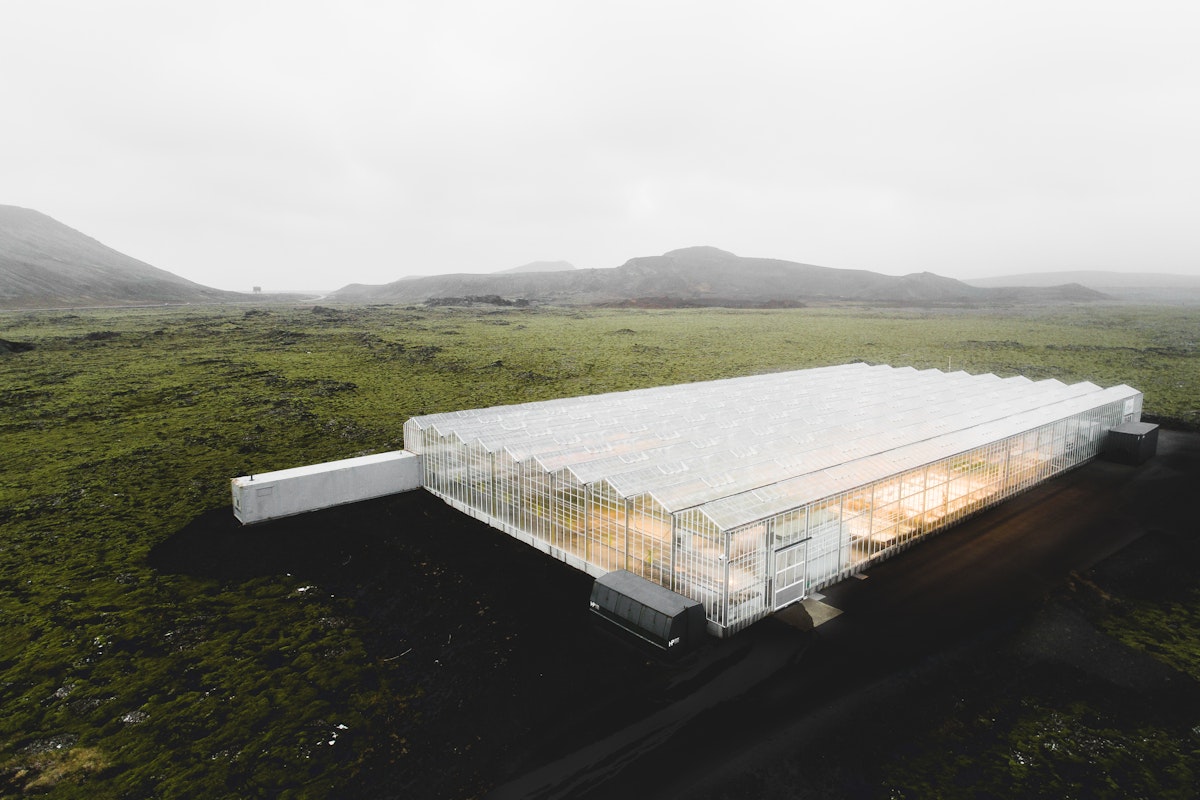Q: Where Did You Grow Up?
A: In a town called Kópavogur, just south of Reykjavik. I went to school there, got my B.S. in biology at the University of Iceland, and taught general science for eight years at a comprehensive school.
Q: Were you always interested in science? What sparked your interest?
A: Ever since high school, I was interested in science, but always particularly fascinated with making something practical. I was inspired by my father, who was an entrepreneur, always thinking out of the box and starting businesses unlike anyone else. He trained as a watchmaker, but wasn’t happy in that profession, so he traveled to Europe, looking for importing opportunities, and he became an importer of Citroën cars, Canon cameras, and Breitling watches. Whenever he could, he took me traveling with him, sharing his love of new ideas. I remember when he took me to Paris to the Citroën factory, to see the Citroën SM assembled. My father had an innovative mind, and it inspired me: I wanted to do good science, but with practical applications.
